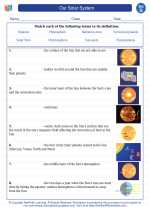Haumea
Haumea is a dwarf planet located in the Kuiper Belt, a region of the outer solar system beyond the orbit of Neptune. It was discovered in 2004 by a team of astronomers led by Mike Brown at the Palomar Observatory in California.
Physical Characteristics
Haumea is an elongated and rapidly rotating body, with its shape being significantly different from the other known dwarf planets. It is approximately one-third the mass of Pluto and is one of the fastest rotating large objects in our solar system, completing a full rotation in just under four hours.
Surface Features
Haumea's surface is covered in crystalline water ice, which gives it a high albedo (reflectivity). It has a reddish-brown color, likely due to the presence of organic compounds known as tholins. The surface also shows evidence of a recent collision, which is believed to have created its two moons and caused the elongation of the dwarf planet.
Moons
Haumea has two known moons, Hi'iaka and Namaka, which were discovered in 2005 and 2005, respectively. These moons are named after the Hawaiian goddess Haumea's daughters.
Study Guide
- What is Haumea?
- Where is Haumea located in the solar system?
- Who discovered Haumea, and when?
- What are the physical characteristics of Haumea?
- Describe Haumea's surface features.
- How did Haumea's moons get their names?
[Haumea] Related Worksheets and Study Guides:
.◂Science Worksheets and Study Guides Seventh Grade. Our Solar System

 Activity Lesson
Activity Lesson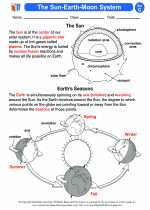
 Activity Lesson
Activity Lesson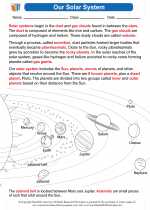
 Worksheet/Answer key
Worksheet/Answer key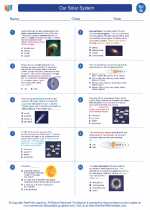
 Worksheet/Answer key
Worksheet/Answer key
 Worksheet/Answer key
Worksheet/Answer key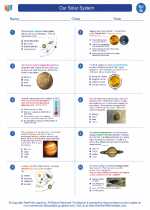
 Worksheet/Answer key
Worksheet/Answer key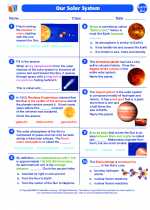
 Vocabulary/Answer key
Vocabulary/Answer key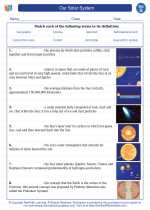
 Vocabulary/Answer key
Vocabulary/Answer key
 Vocabulary/Answer key
Vocabulary/Answer key